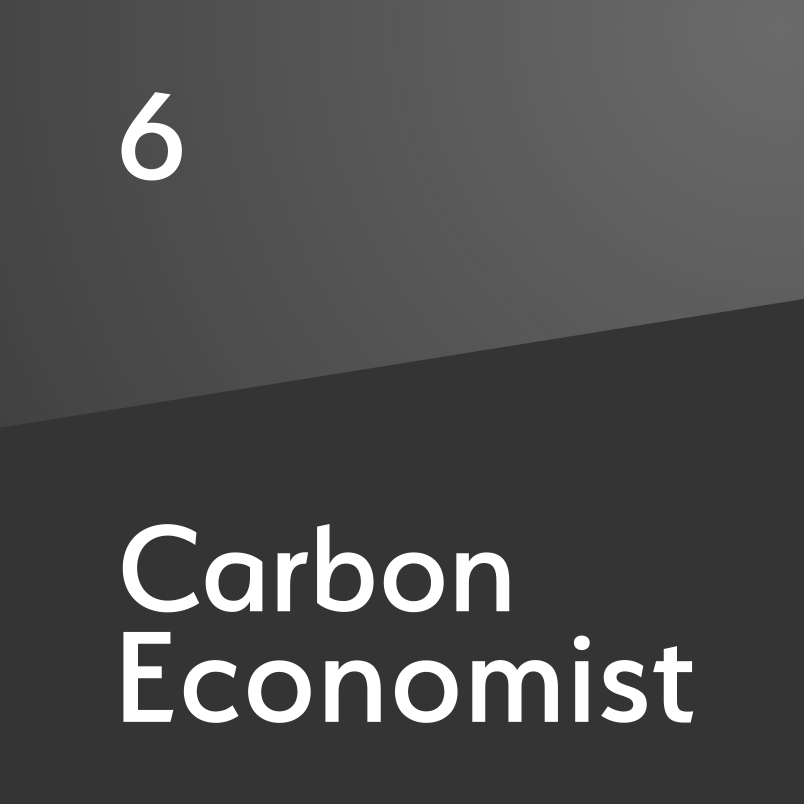LNG steps out of Qatar’s shadows
Investment in LNG liquefaction capacity got off to a flying start in 2021 with the North Field East expansion project. How much more can we expect?
Investment in LNG liquefaction capacity tends to come in waves, meaning the industry swings from sellers’ market to buyers’ market and back again—a cycle that, admittedly, characterises many commodities. The latest wave began in 2018, when 22mn t/yr of capacity reached FID, followed by an all-time record year in 2019 when more than 70mn t/yr was sanctioned. As 2020 began another bumper year was in prospect, with 60mn t/yr of capacity forecast to cross the finishing line. Then came Covid-19 and widespread demand destruction. As oil and gas prices crashed, appetite for investment evaporated and 2020 saw only 11 mn t/yr sanctioned—the 8mn t/yr NLNG Train 7 in Nigeria and US firm Sempra Energy’s

Also in this section
24 December 2025
As activity in the US Gulf has stagnated at a lower level, the government is taking steps to encourage fresh exploration and bolster field development work
23 December 2025
The new government has brought stability and security to the country, with the door now open to international investment
23 December 2025
A third wave of LNG supply is coming, and with it a likely oversupply of the fuel by 2028
22 December 2025
Weakening climate resolve in the developed world and rapidly growing demand in developing countries means peak oil is still a long way away







